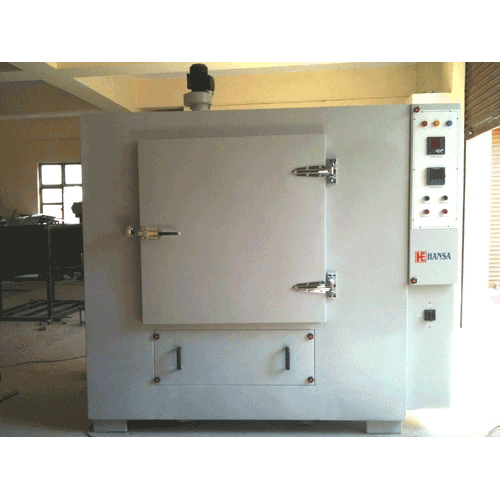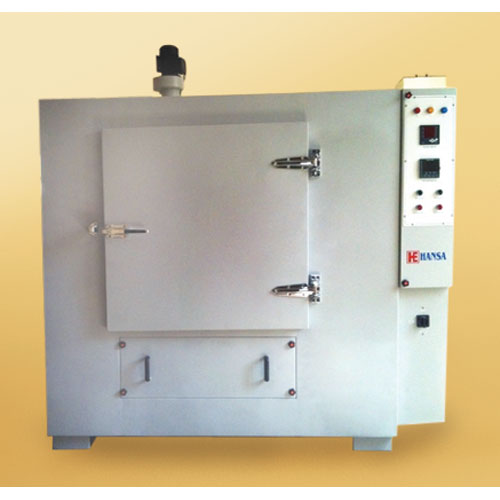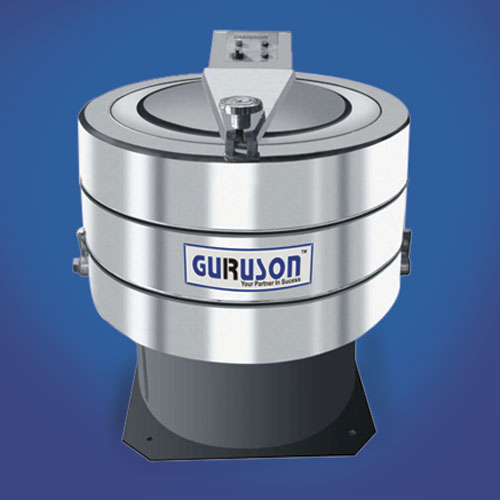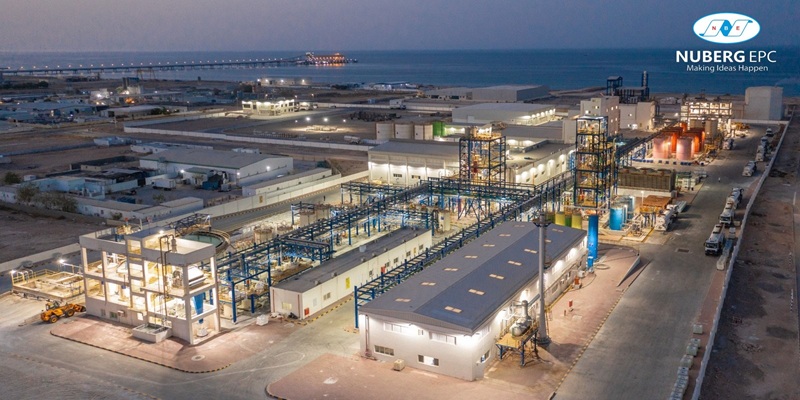Schedule a Call Back
Shielding your profit
 Technical Articles
Technical Articles- May 01,18

Related Stories

Kinetic Engineering Reports Strong EV Momentum, Expands Dealership Network Nationwide
With a profitable financial foundation, a positive demand outlook, and an expanding EV distribution network, Kinetic Engineering Limited is well-positioned to deliver sustainable growth and long-ter..
Read more
JK Tyre Launches India’s First Embedded Smart Tyres, Setting New Mobility Benchmark
The Embedded Smart Tyres will be available in the aftermarket through JK Tyre’s dealerships, initially in sizes ranging from 14 to 17 inches.
Read more
Toyota, Honda Step Up Investments to Make India Auto Hub
Japanese carmakers boost India presence as they cut dependence on China
Read moreRelated Products

Heavy Industrial Ovens
Hansa Enterprises offers a wide range of heavy industrial ovens.

High Quality Industrial Ovens
Hansa Enterprises offers a wide range of high quality industrial ovens. Read more

Hydro Extractor
Guruson International offers a wide range of cone hydro extractor. Read more
















